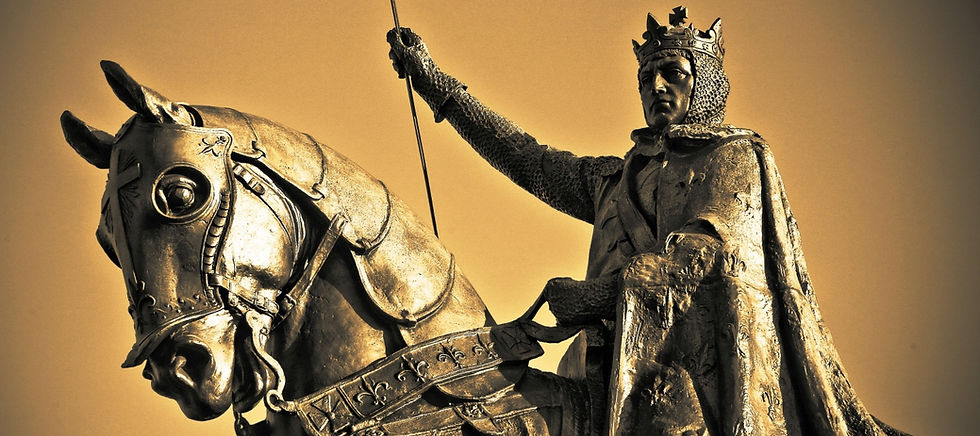Jessie's Story of Movement and Learning
- Ride On St. Louis

- Dec 6, 2017
- 3 min read
“Everything was going so perfect until the age of 18 months; everything changed with my little girl,” Monica recalls. Monica has been bringing her six-year-old daughter Jessie to Ride On St. Louis for two years now. “She was totally different, she would refuse to eat or drink anything.” Jessie’s equine-assisted occupational therapy and equine-assisted activities has largely impacted her speech and gait pattern, as Monica shares that Jessie has been able to communicate better and walk with even and rhythmic strides. While Jessie does her work with her horse Cruz, she is having fun and challenging her physiological and cognitive abilities. She works on her communication, spelling, colors and directions, while adjusting her body to Cruz’s movement. Cruz’s movement provides up to 4,500 muscle repetitions to Jessie’s body in a single visit, bolstering her core muscles, improving her mobility, posture, balance, cardiovascular health and overall strength. Jessie executes a number of positions on Cruz to work targeted areas of her body and sits forwards, backwards, sideways and even does hands-and-knees position while Cruz walks. But perhaps more fascinating is the affect Cruz’s movement has on Jessie’s brain and cognitive function.
The inner ear (vestibular system) gather information and feedback of movement. That information travels between the cerebellum and the rest of the brain, including the visual system and sensory cortex. The vestibular system is influenced by the cerebellum and also activates the reticular activating system, a network of nerve pathways in the brain-stem that connect the spinal cord, cerebrum, and cerebellum. These areas are critical to our attentional system and learning areas as they help regulate incoming sensory data. So while Jessie is on Cruz, her vestibular system receives an increased amount of stimulus from Cruz’s gait pattern, an anterior-posterior movement specific to his build and conformation. The increased information to Jessie’s vestibular system begins to activate and influence her cerebellum, and in turn her attentional system—comprised of the alerting, orienting and executive networks that affect cognition.
Simple biology also supports the connection between movement and learning for Jessie and others experiencing the movement of the horse. Oxygen is essential for brain function, and increased blood flow augments the amount of oxygen to the brain. Physical movement increases blood flow, and hence the amount of oxygen delivered to the brain. Even simple activities like stretching and walking are proven to increase your heart rate and blood flow. All of these processes facilitate learning for Jessie. “Some of the goals Jessie has achieved are knowing her address, being able to answer the question ‘what is your mom’s phone number?’, and writing her name between two lines” shares Marita Wassman co-instructor with Jessie’s occupational therapist Katherine Belsito. “While these capabilities seem rather ordinary their necessity is immense when you just think how often the information is needed and a must in certain situations.” Most everyone learns better with movement but for Jessie and her diagnosis, the rhythmic strides of a horse are the key element to processing and learning. Jessie is so much fun to be with and we look forward to watching her grow and continue learning. Monica states that “she loves to ride her horse Cruz. And that makes me so happy that my child is [improving] and enjoying herself. My Jessie may be different but we all are different. Thank you so much for helping Jessie.”
Did you know you can help kids like Jessie each and every month for just $20? By joing the Crusader's Circle a special monthly giving club at Ride On St. Louis, you'll be making a difference in specific areas of our work, expanding our programs and innovating within and without the barn! Get started today by joing the Crusade!








Comments